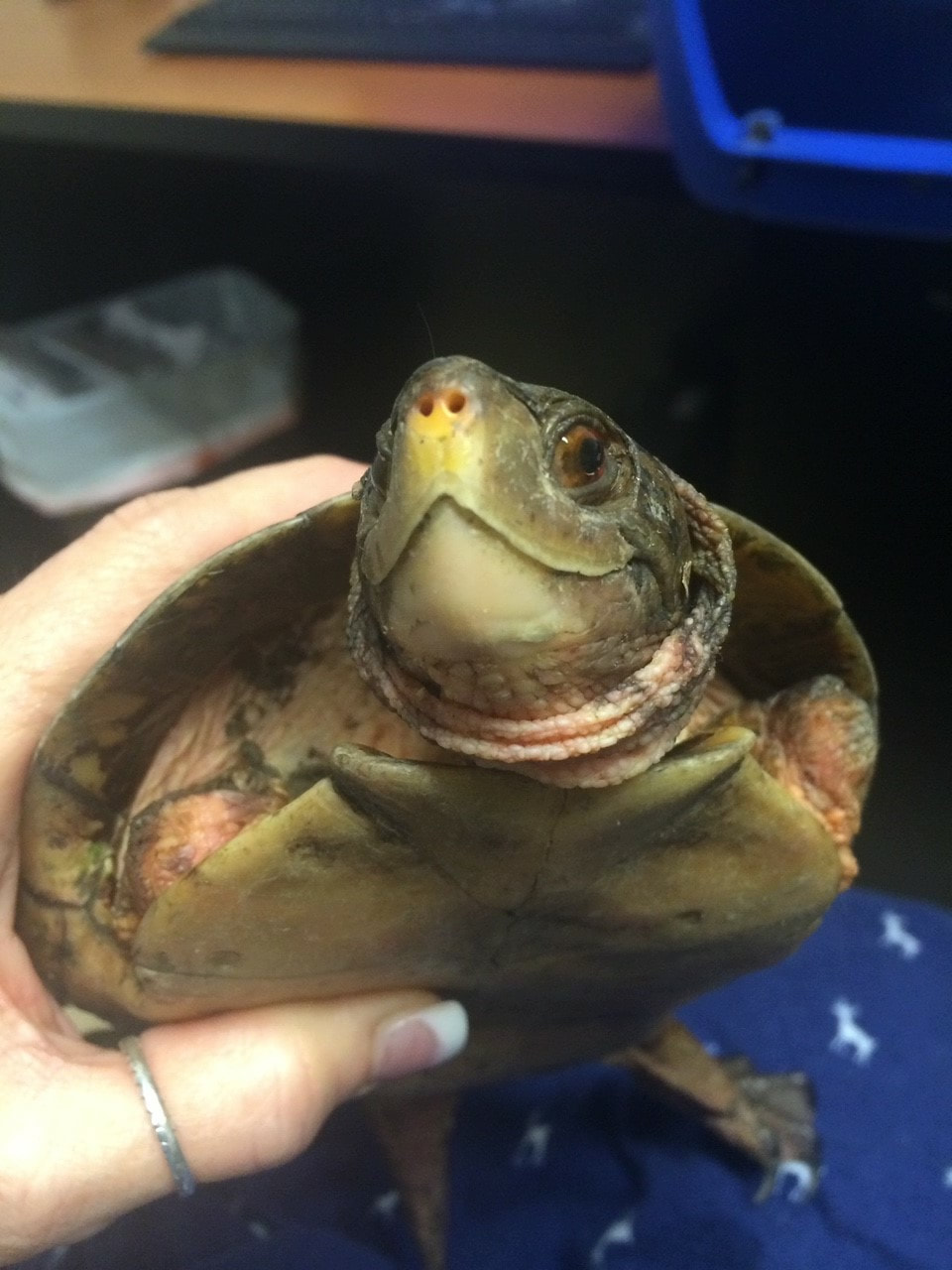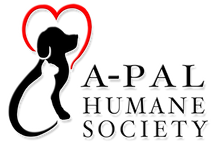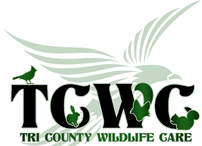January 2019 - the Western Pond Turtle
|
What do you call a turtle that spends a lot of time in rivers and on land? A Pond Turtle! Really?
Yes, a pond turtle and no, the name doesn’t really fit. Yes, they can be found in ponds, but also in rivers, streams, wetlands, lakes and in woodland habitats. They can be out of water and on land for upwards of 200 days a year. And sunning on logs and rocks. Turtles are “ectothermic” which means their body temperature is the same as the air around them. Warming up in the sun gets them ready to be active, find and digest food. When the weather turns cold they “brumate.” This is similar to hibernation, but brumation is triggered only by temperature changes. During this period, they will burrow into mud either above or below water and stay put until warmer temperatures return. In milder climates, they may overwinter outside of water, and create their nest for the year. They travel long distances on land, so if you see them away from water, do not worry. If you find one on the road, move them to the side of the road they were facing so they can continue in the direction they chose. Pond turtles are a small to medium turtle with their “carapace” (a bony or chitinous case covering the back) about 8 inches long. They are found on the west coast of North America from Washington State to Baja Mexico. Their back is usually dark brown or olive, and they are yellow underneath. Males can be identified by their light or pale yellow throat. Now considered two species, we have the Northwestern Pond Turtle which ranges from Northern California and north to Washington. These turtles are omnivorous which means they eat just about anything. Insects, crayfish, other aquatic invertebrates make up most of their diet. Fish, tadpoles and frogs are occasional additions. Plants are also in the diet with filamentous algae, lily pads, tule and cattail roots. Females produce 5-13 eggs either one or twice a year. Nests are usually within 300 feet of a water source. In evening, females will leave the water and travel to find a nesting site. After laying the eggs, she covers the nest with soil and vegetation making the nest hard to find. Hatchlings are one inch long at birth and will usually overwinter in the nest. The incubation temperature of the nest determines the gender ratio of the hatchlings. A temperature of 84.9 results in equal male and females hatchlings. Springtime when temperatures have warmed is when the hatchlings will leave the nest. They grow slowly and may be 10-12 years old before reproducing. They can live 50 years in the wild. Raccoons, otters, ospreys and coyotes prey on pond turtles. Their small one-inch hatchlings are prey for weasels, bullfrogs, and large fish. Habitat destruction is the final blow making them listed as vulnerable on the IUCN Red List. The loss of ponds, wetlands, and contamination of other water resources push them further towards extinction. Western Pond Turtles are protected in California. It is illegal to remove them from the wild or keep them as pets. Tri County Wildlife Care, a local nonprofit started in 1994, is dedicated to the rescue and rehabilitation of our native wildlife and helping our community live in balance with wildlife. They envision a world where wildlife and people thrive together. For more information call (209) 283-3245, or visit pawspartners.org. |
Learn More!
|


